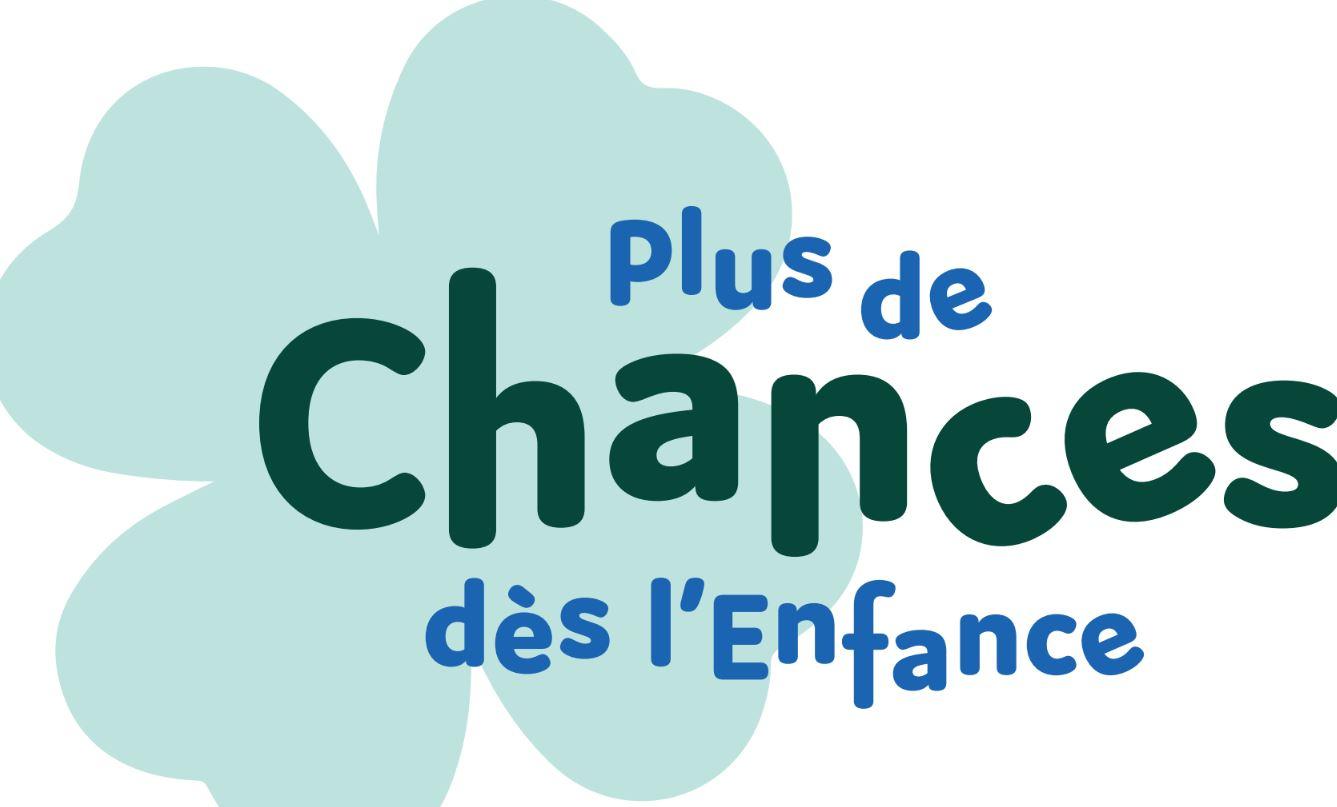Child poverty: new angles of analysis

Recent data regarding child poverty confirm the persistence of daily difficulties for many children in our country. 12.8% of children are victims of material deprivation, according to which they lack at least 3 of the 17 elements considered as essential by the EU to their healthy and well-balanced development. With such a high proportion, Belgium does not fare well in the EU ranking. The reality should, nevertheless, be nuanced because there are strong disparities in function of the country’s regions. A worrying fact is that children who live exclusively, or principally, (alone) with their mother are four times more likely to be deprived. These are some of the findings of a new study published by Anne-Catherine Guiot (from LISER) and Wim Van Lancker (from KULeuven), at the request of the King Baudouin Foundation. The research will be presented to around a hundred policy makers on 18 October.
NB: You can download various graphs relating to this study via the link Infogram
Child poverty is a major problem in society that has considerable consequences, as much for the children and those around them, as for society as a whole. In order to provide new angles of analysis to this issue, which will be at the heart of the Belgian Presidency of the European Union in early 2024, the King Baudouin Foundation is publishing the results of a new study conducted by two researchers, based on the most recent data available (dating from 2021).
Regional disparities
Since 2018, EU Member States have used a complementary indicator to that of parental income to measure child poverty, namely specific child deprivation. This indicator measures the daily difficulties of children, which can be different from those of their parents. It is based on the child’s access to an ensemble of 17 items that are considered as essential to the healthy and well-balanced development of every child living in Europe, such as eating fruit and vegetables every day, whether the child occasionally invites friends home and whether the home is correctly heated. A child is considered as deprived if he or she is lacking 3 or more of the 17 items included (see infographic).
In Belgium, 12.8% of children are living in deprivation, but there are large regional differences in this figure: 21% in Brussels, 17.3% in Wallonia and 8.5% in Flanders. Although child deprivation has fallen considerably in the EU as a whole since 2014, the fall is much more limited in Belgium. It is striking to note that certain states, whose overall level of prosperity is lower than in Belgium (such as Slovenia, Estonia and Croatia), manage to protect their children better from material deprivation than certain countries that are better off, such as Belgium.
Children who are more at risk than others
Some children are more exposed to material deprivation. This risk is higher for children whose parents:
· are unemployed;
· have low incomes;
· are poorly qualified;
· are tenants;
· come from a country outside the EU;
· are single – especially single mothers.
Various consequences
· The study highlights the link between child deprivation and health problems: a deprived child runs a three times greater risk of being in poor health. This situation can have short- and long-term repercussions, once the children become adults. Deprived children are also proportionately more likely to have unsatisfied medical needs.
· In relation to early childhood care, deprived children are doubly penalised. Not only do they attend early childhood services such as the crèche less often, but they also tend to benefit less often from informal care by a member of the family.
· Deprived children are more susceptible to living in social housingthan non-deprived children. Nevertheless, with 75% of deprived children not living in social housing today, there is a large, untapped potential for improving the living conditions of these children precisely through this type of housing.
Greater deprivation when the mother is a single parent
For the first time, the research highlights the risk of child deprivation in function of their parents’ marital status, and in particular among children whose parents are separated, namely a quarter of children aged 0 to 17. Two-thirds of this group live principally or exclusively with their mother. When the children living with single parents (who do not live as a couple) are also exposed to deprivation, those who live with their single mother are four times more likely to be deprived. By comparison, this risk is 2.5 times greater for children living with a single father.
Mothers who have the (almost) exclusive care of their child(ren), combine different types of vulnerabilityand this increases the risk of deprivation for their children. 80% of them have part-time work, are unemployed or inactive. Their income is therefore lower, whilst the costs related to family organisation and the care of children are higher. Moreover, 61% of single mothers receive no alimony from their ex-partner.
Although child poverty remains a worrying reality, it is not inevitable: the implementation and strengthening of targeted policies constitute a powerful lever to break the vicious circle of poverty.
In this regard, the research provides information whose understanding is useful for policy makers wishing to take effective structural measures to fight the issue of child deprivation.
Further information:
· ZOOM ‘Poverty and child deprivation’ (in French)
· List of the 17 items to measure child deprivation (in French)